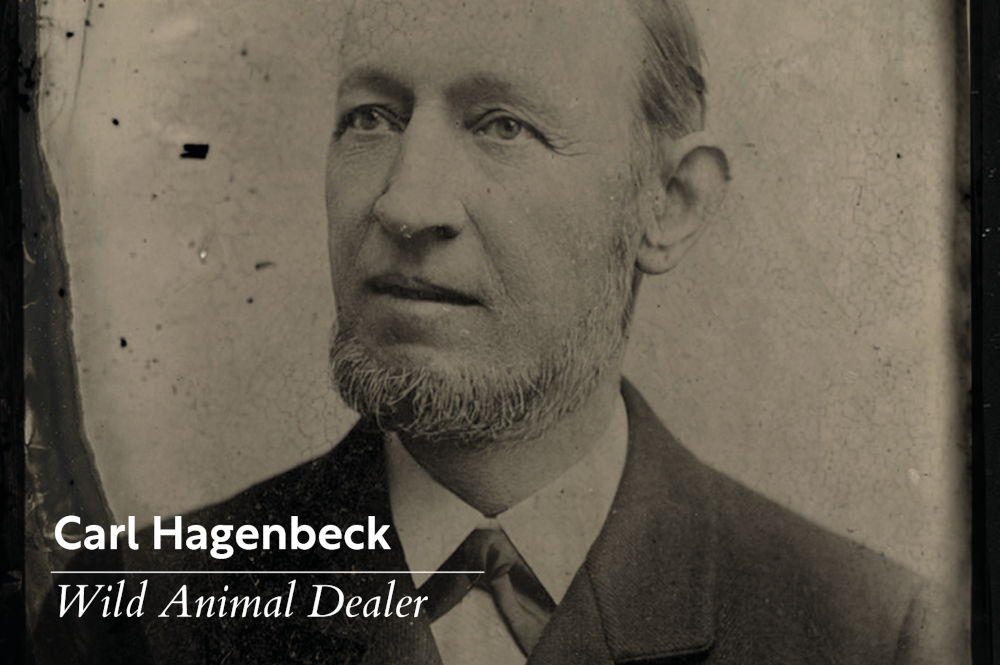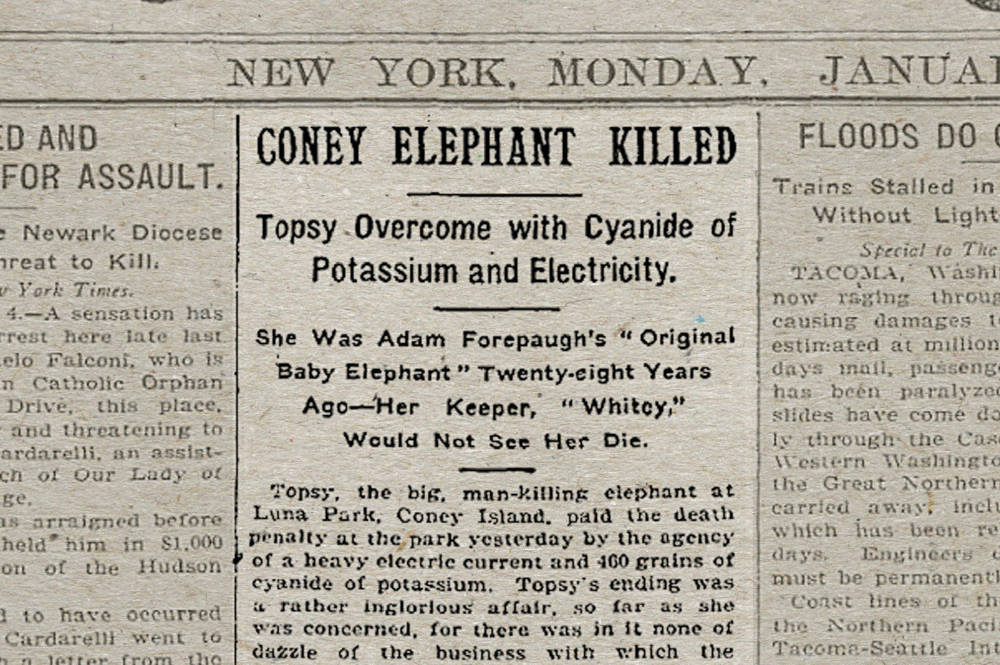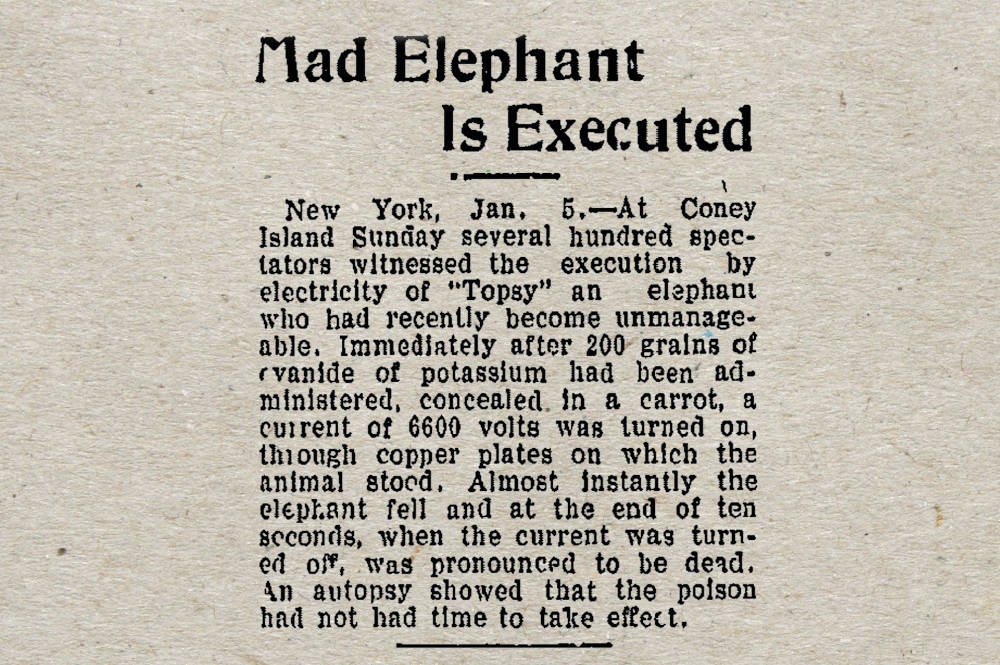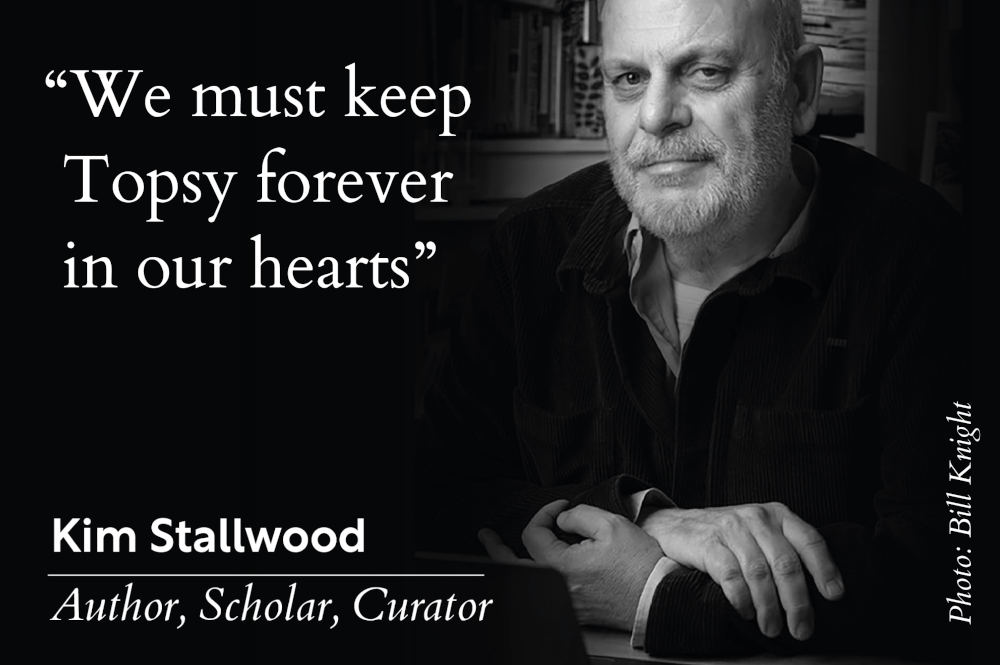 " />
" />
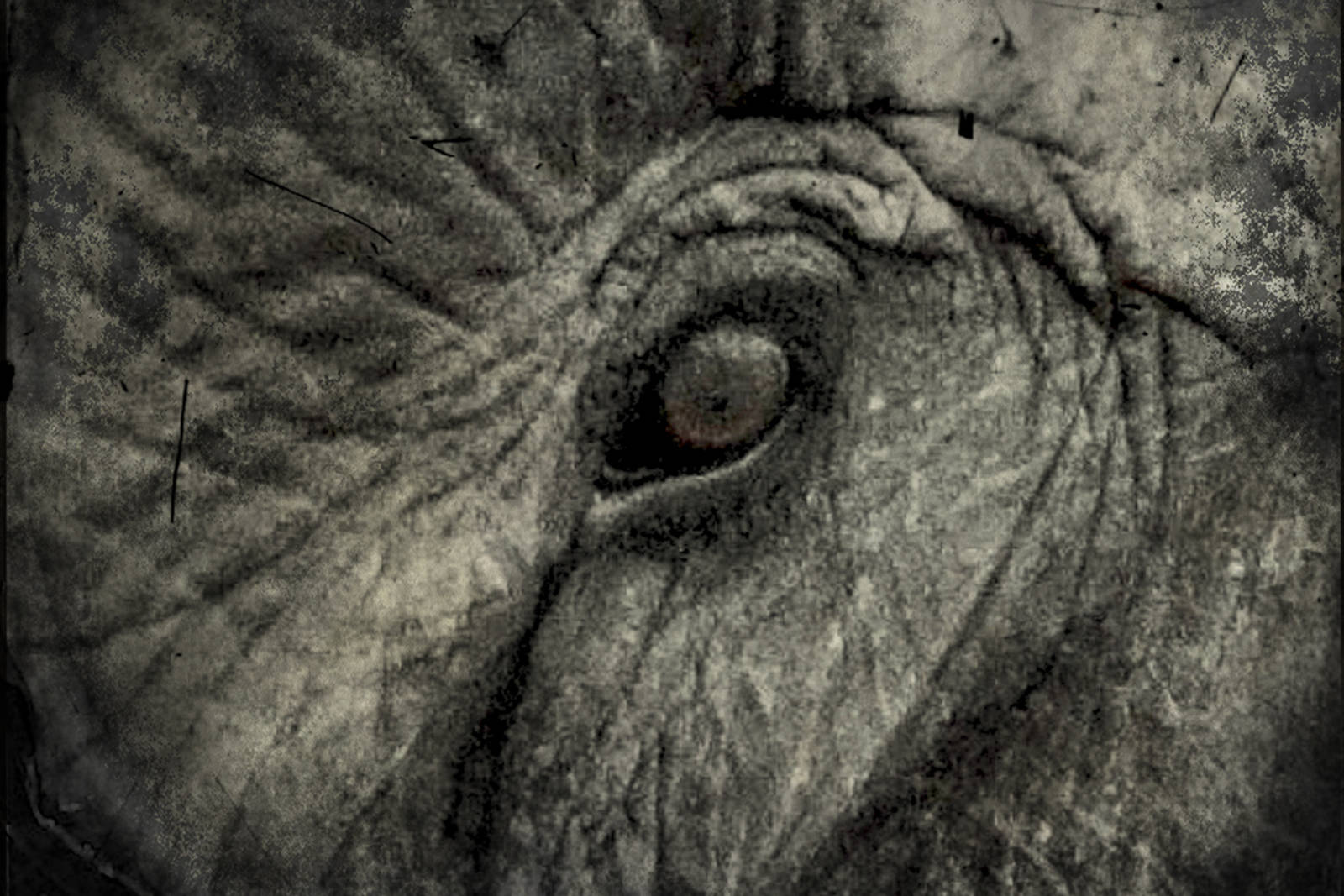
Who Was Topsy?
The story begins with the capture of a baby female elephant in Southeast Asia in 1875. Forcibly separated from her natural family, she is abducted and forced to make the months-long land and sea journey to Hamburg, Germany, where Carl Hagenbeck, then the world’s leading wild animal dealer, is based. Hagenbeck sells the baby elephant to circus impresario Adam Forepaugh in Philadelphia, Pennsylvania. She is shipped as cargo to the United States to perform in the Forepaugh Circus.
The baby elephant’s quick growth most likely inspires her name, Topsy. In Harriet Beecher Stowe’s 1852 novel Uncle Tom’s Cabin, Miss Ophelia asks an enslaved young girl named Topsy, ‘Do you know who made you?’ ‘Nobody, as I knows on,’ the girl replies. ‘I ‘spect I grow’d. Don’t think nobody never made me.’ It is not unreasonable to speculate that the book’s popularity and her ‘I ‘spect I grow’d’ comeback inspired the figure of speech to ‘grow like Topsy.’
Topsy the elephant never experienced a natural life in the jungle, where her mother would have raised her in a matriarchal society among her family of elephants. Instead, she grew up performing in the circus ring and travelling across the United States. But two incidents in 1902, when she killed one man and attacked another, set in motion the sequence of events that led to her premature and violent death.
Before an audience of more than 1,000 paying spectators, journalists, and photographers at Luna Park on Coney Island, New York, on Sunday, January 4, 1903, Topsy was poisoned with carrots laced with 460 grains of potassium cyanide and then electrocuted with 6,600 volts of electricity for 10 seconds. According to some newspaper reports, she was also hanged for 10 minutes. Veterinarians declared her dead.
The Edison Manufacturing Company filmed the electrocution. The film, ‘Electrocuting an Elephant’, has been viewed on YouTube more than 1.4 million times, including by me. After I watched her electrocution, I vowed to write her biography so that her miserable life and cruel death were not in vain.
So why kill an elephant? Why film her electrocution? What would have happened to Topsy if she were alive today?
These are the questions I will answer in my biography Topsy the Elephant.
The Topsy Project
The Life and Death of an Elephant
The Topsy Project is an art-based initiative dedicated to challenging her life story—currently told as a villain who killed people—to replace it with her true story, as a victim who had to defend herself from a lifetime of abuse.
Kim Stallwood
Author, Scholar, Curator
Kim Stallwood is an author, scholar and curator dedicated to the Animal Rights Movement. His archive is now part of the British Library’s permanent collection. The Swiss-based nonprofit animal law organisation, Tier im Recht, holds the Kim Stallwood Collection. He is currently writing the definitive autobiography of Topsy the Elephant.
The Kim Stallwood Archive
The British Library, London
In 2020 The British Library in London established the Kim Stallwood Archive, an extensive collection of 800 organisation, people, and subject files, including correspondence, manuscripts, meeting notes, and press cuttings chronicling his involvement with the international Animal Rights Movement dating from the mid-1970s onwards as part of their modern history archive.
The Kim Stallwood Collection
Tier Im Recht, Switzerland
The Swiss-based animal law foundation, Tier im Recht, acquired the Kim Stallwood Collection in 2021. The publications, audio-visual materials, artefacts, posters, and much more became part of TIR’s extensive and professionally managed library and archive. Kim’s library of more than 2,000 books is scheduled to also go to TIR’s offices in Zurich.








